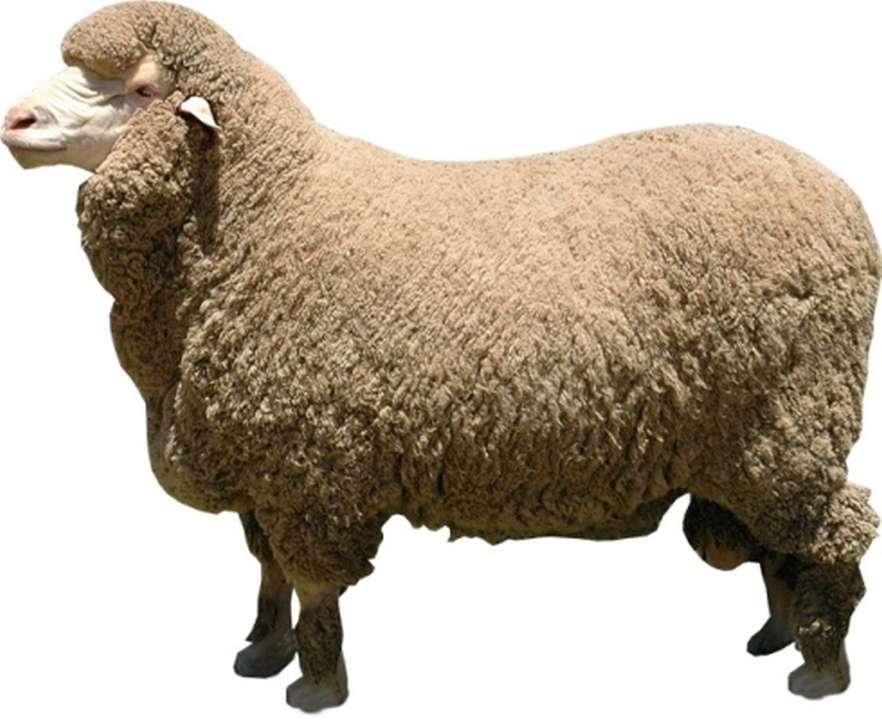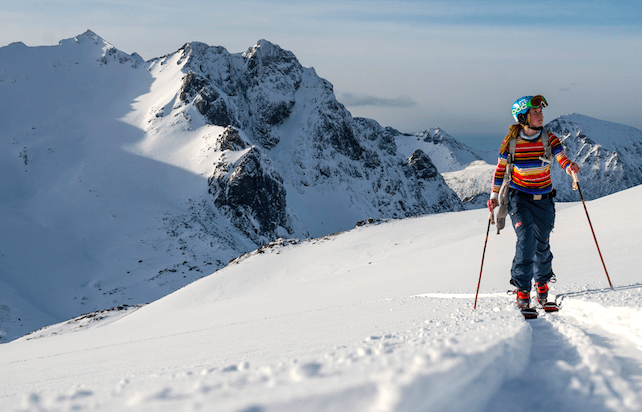Recommended Tips To Selecting Merino Wool Base Layers For Hiking
What Is The Difference Between Merino Sheep And Other Types Of Sheep? Merino Sheep Differ From Other Varieties Of SheepMerino sheep are different from other breeds. Merino sheep also have fine wool. Merino's wool is softer and finer in comparison to other breeds of sheep. Merino wool is prized due to its flexibility, warmth, and the comfort it provides.
Ability to adapt - Merino sheep can adapt to all climates and conditions. They are adaptable to both hot and cold climates and can tolerate all temperatures.
Resilience - Merino sheep are famous for their toughness and resilience. They can withstand harsh weather conditionsand are immune to a variety of common diseases of sheep.
Fertility - Merino sheep can produce many offspring in one year. They are fertile to the max.
Merino sheep have a special grazing pattern that helps to safeguard their health and wellbeing. They prefer to cultivate their grazing in a controlled, carefully selected way. This helps to avoid poisonous plants and excessive grazing.
BreedingThe breeding process Merino sheep are typically selectively bred to create the best quality wool. The result has been an array of Merino sheep breeds, each with its distinct characteristics and distinctive traits.
Overall, Merino sheep are highly sought-after for their high-quality wool, flexibility and other exceptional characteristics. They are an important source in the wool industry, and are extremely valued by breeders and farmers around all over the world.

What Are The Distinctions Between Merino And Merino Wool As A Base Layer For Clothing?
Due to its outstanding breathability and moisture-wicking properties, Merino wool base layers are very popular in clothing. These are some examples of Merino-wool's base layers. They are light and can be utilized in cool to mild weather. They're typically made of a lightweight and breathable fabric making them easy to layer over other clothes.
The Midweight base layer - They are constructed from midweight Merino and Merino wool base layers. They can be utilized in cooler climates. They are usually made of an extra thick and insulation fabric that offers warmth and comfort during cooler temperatures.
Base layers heavyweight - These base layers constructed from heavyweight Merino wool are suitable for cold climates. They are made from an extremely warm and thick fabric that provides insulation and shielding from elements.
3/4 length base layers - 3/4 length base layers Merino wool base layers are designed to provide warmth and comfortable lower body comfort without adding unnecessary bulk. They are perfect to layer over shorts or trousers in cooler weather.
Long sleeves base layers-Long sleeves Merinowoo base layers are made for warmth and ease of wearing. These are generally composed of a light, breathable fabric that can be put on top of other clothing to provide warmth.
Hooded Merino-wool base layers - Hooded Merino layers are made to add warmth and protection. They usually have a fitted hood that can be worn over a helmet or other headgear.
Zip-neck Base Layers - Zipneck Merino wool layer layers are designed to regulate temperature. They usually have the neckline, which is zippered and is able to be closed or open in accordance with the conditions of the weather.
Merino wool options for base layers are diverse. They are available in a variety of styles and weights to satisfy individual preferences and needs. When choosing the right Merino wool base layer, it is crucial to think about the weather conditions and level of activity you will be participating in, to ensure you select the appropriate weight and style to suit your needs. Go click here for best base layers info for blog recommendations.

Why Is Merino Wool Blended With Himalayan Yak Wool An Ideal Base Layer To Ski?
Merino wool mixed with Himalayan-yak wool makes for an excellent base layer for skiers. Merino wool is renowned as being exceptionally temperature-regulating, moisture-wicking, and soft. Himalayan Yak wool is well-known for its warmth and durable. The result of mixing these fibers creates a base layer with great warmth, moisture management , and breathability. This makes it ideal for skiing. Merino Wool regulates body temperature. It removes water from your skin, which ensures you stay dry. The yak wool adds an additional layer of insulation, providing warmth during cold temperatures. Merino wool and Yak wool blends are tough and are more resistant to wear than other base layers. They can also be used to perform intense sports like skiing. The combination of Merino wool and Himalayan Yak wool creates a base layer that's warm, water-resistant, breathable, durable, and able to withstand cold temperatures. It's a great option for skiing as well as other winter sports. Go search for best hiking base layer for site recommendations.

What Other Fabrics Are Accessible For Yak Wool And/Or Merino Ski Clothing? Are They Better?
There are numerous fabric options that can substitute for Merino wool, Himalayan and yak wool for ski apparel. They could be less effective at keeping you dry, warm and comfortable on the slopes. Below are some options and the reasons why they might not be as effective. Cotton- Cotton can be used for clothing but it isn't suitable for skiing. Cotton is able to absorb moisture and keep it moist which makes you feel damp and cold. In addition, it doesn't offer good insulation, so it's not able to keep your warm in cold weather.
PolyesterThe fabric Polyester is a typical synthetic fabric that is used in ski clothing. Although polyester is quick drying and moisture-wicking, it does not offer the same amount of warmth and insulation like Merino wool or Himalayan yak wool. Some people also find polyester to be less breathable and comfortable than natural fibers.
Nylon-Nylon - A synthetic fabric that is renowned for its toughness and resistance to scratching. Although it is a great fabric to use in ski gear, it doesn't offer any warmth or insulation. It's not as breathable as natural fibers, such as Merino Wool, and is uncomfortable to wear for long durations.
Fleece is Fleece is an excellent middle-layering material for skiing. It can provide warmth and insulation, but it's not as efficient as natural fibers like Merino or Himalayan Yak Wool. Some people also find fleece to be less breathable and more prone to retaining moisture than natural fibers.
Although there are many options for Merino and Himalayan wool, they may not be as efficient in making you feel comfortable at the top of the mountain. Merino wool and Himalayanyak wool are both natural fibers that give you better insulation, warmth, the ability to regulate moisture and breathe. This makes them an ideal option for ski clothing.